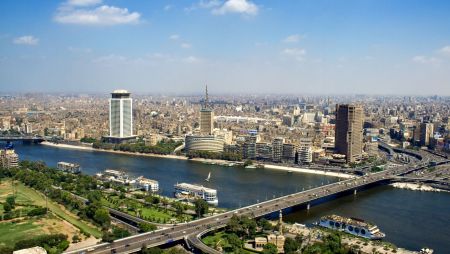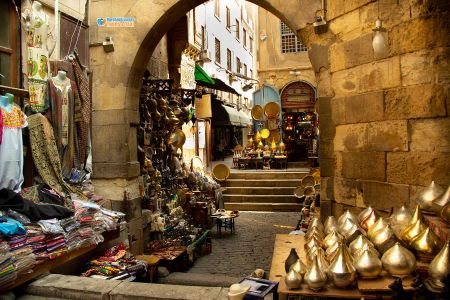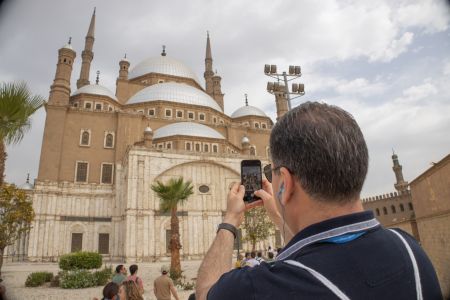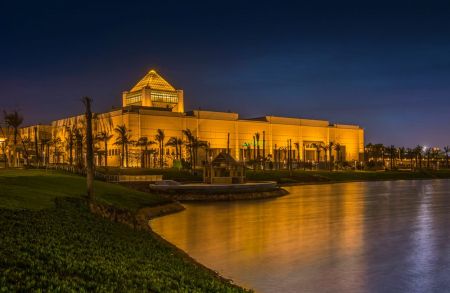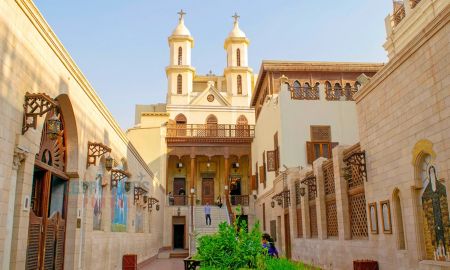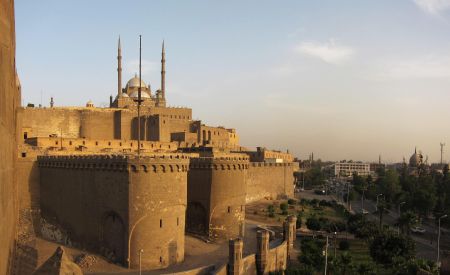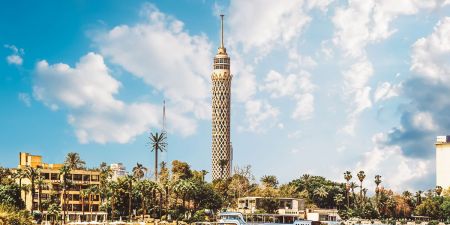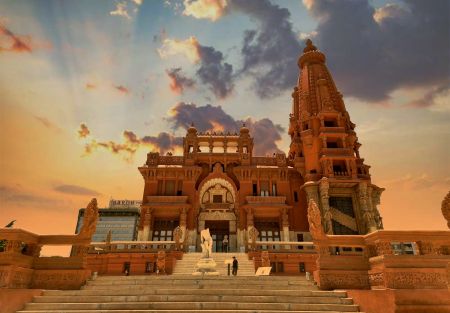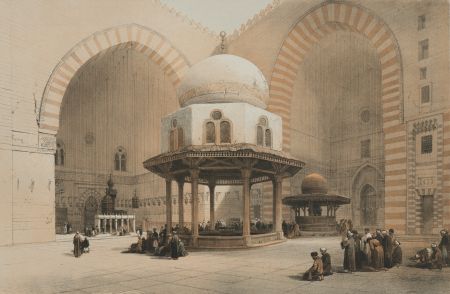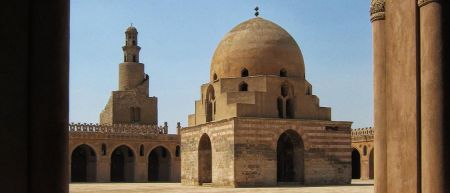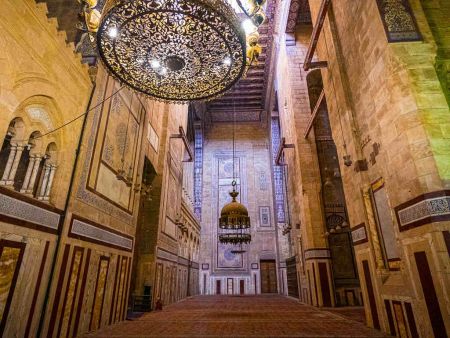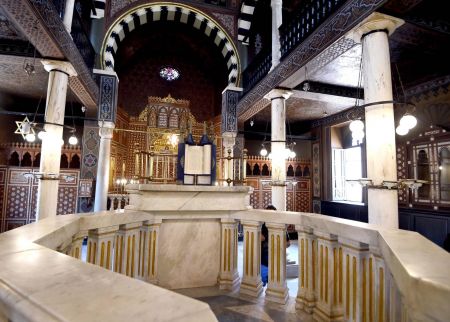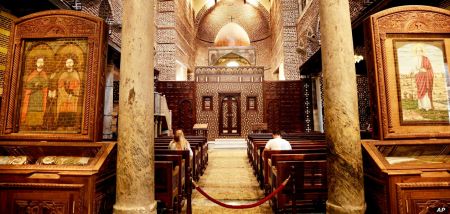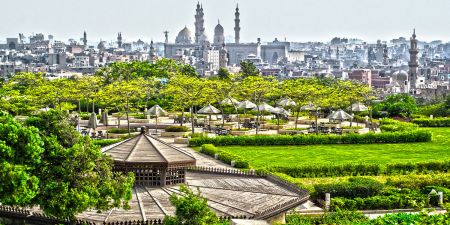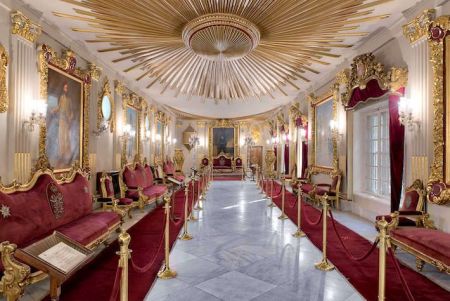The Egyptian Museum of Cairo: Gateway to Ancient Egypt’s Treasures

Standing proudly in the heart of downtown Cairo, The Egyptian Museum is one of the most important museums in the world. Housing over 120,000 ancient artifacts, it offers a mind-blowing journey through the millennia — from the dawn of the pharaohs to the Greco-Roman era. Located in Tahrir Square since 1902, this iconic building is often the first stop for history lovers, scholars, and curious travelers eager to see Egypt’s unmatched legacy up close.
Step inside and you’re immediately surrounded by giant statues of gods and kings, towering sarcophagi, intricate jewelry, mummified animals, and endless hieroglyph-covered stone slabs. But it’s the museum’s crown jewel — the Tutankhamun Collection — that steals the spotlight. From the boy king’s solid gold mask to his ceremonial chariot and burial treasures, this exhibit alone is worth the trip.
Despite the opening of the new Grand Egyptian Museum (GEM) in Giza, the Egyptian Museum of Cairo continues to hold many irreplaceable pieces and remains a cornerstone of Egypt’s cultural landscape. It’s more than just a museum — it’s the beating heart of Egyptian archaeology and pride.
A Historic Building with a Monumental Legacy
Designed for Greatness
The museum’s neoclassical building, designed by French architect Marcel Dourgnon, was revolutionary for its time. When it opened in 1902, it was the first purpose-built museum in the Middle East and a bold statement of Egypt’s commitment to preserving its past. Its pink façade and European-style layout contrast sharply with the chaotic streets of Cairo outside, creating a space of calm and reverence inside.
Over the decades, the museum has survived wars, revolutions, and theft attempts. Yet it has remained a powerful symbol of Egypt’s heritage — serving as both a research hub and a public institution.
Must-See Highlights Inside the Egyptian Museum
Tutankhamun’s Treasures: The Golden Boy of Egypt
No visit is complete without standing face-to-face with King Tutankhamun’s funerary mask — a 24-pound solid gold masterpiece inlaid with lapis lazuli, carnelian, and obsidian. Discovered by Howard Carter in 1922, the tomb of the boy king was packed with more than 5,000 artifacts, many of which are still housed in the museum.
From golden thrones and canopic jars to weapons, sandals, and musical instruments, this exhibit paints a vivid picture of royal life — and death — in 18th dynasty Egypt.
The Royal Mummies Room
This eerie yet awe-inspiring room contains the mummified remains of some of Egypt’s greatest pharaohs, including Ramses II, Seti I, and Queen Hatshepsut. Their preserved bodies, still bearing fingernails, hair, and wrinkles, allow modern visitors to come face-to-face with the rulers of ancient times.
The Mummies Hall is climate-controlled and quiet, offering a rare and intimate encounter with history. It’s one of the most unforgettable parts of the museum.
The Old Kingdom Gallery
This section includes masterpieces from Egypt’s pyramid-building era — statues, limestone reliefs, and funerary art from dynasties 3 through 6. Look for the statue of King Djoser, builder of the first pyramid, and the stunning seated figures of scribes, priests, and nobles.
Amarna Period and Akhenaten’s Revolution
Pharaoh Akhenaten, known for introducing monotheism and radically changing Egyptian art, is well represented here. His elongated facial features, feminine curves, and intimate depictions of royal life are a major shift from traditional Egyptian styles. The museum’s Amarna collection gives insight into this controversial king and his famous wife, Queen Nefertiti.
“Pair your museum visit with a stop at The Great Sphinx of giza, the timeless guardian of Egypt’s plateau.”
Educational and Cultural Importance
A Center for Egyptology
The museum isn’t just for tourists — it’s a major academic center. Over the past century, it has served as the home base for Egyptologists, hosting research teams, excavations, and lectures. Students from all over the world come to study its collections, often discovering new secrets within the ancient artifacts.
Public Exhibitions and Temporary Shows
In addition to permanent displays, the museum regularly hosts temporary exhibitions highlighting new finds, global partnerships, and ongoing digs. These exhibitions often connect ancient Egyptian artifacts to modern themes like sustainability, gender roles, and technology.
Planning Your Visit to the Egyptian Museum
Location and Opening Hours
- Address: Tahrir Square, Downtown Cairo
- Hours: Daily from 9 AM to 5 PM (may vary during Ramadan or public holidays)
- Tickets: General entry plus optional access to the Royal Mummies Room and photography passes
Tips for First-Time Visitors
- Arrive early to avoid crowds, especially in peak season (December to February)
- Hire a licensed guide or use an audio guide for deeper context
- Allocate at least 2–3 hours for a full visit
- Don’t miss the upstairs galleries — they’re quieter and equally rich in content
- Respect photography restrictions and preserve the dignity of human remains in the Mummies Hall
Facilities and Accessibility
The museum offers gift shops, toilets, wheelchair access, and security checks. However, it’s not fully modernized, so visitors with mobility issues may face challenges on the upper floors.
Transition to the Grand Egyptian Museum (GEM)
While many treasures will be moved to the new Grand Egyptian Museum near The Great Pyramids of Giza, the original Egyptian Museum will still operate. It will continue to display significant artifacts and serve as a cultural and educational center.
The GEM is expected to be the largest archaeological museum in the world, but the Egyptian Museum of Tahrir will always hold a special place in the heart of Egyptians — it’s where the story of modern Egyptology began.
Searchable FAQs about the Egyptian Museum of Cairo
Is the Egyptian Museum in Tahrir still open?
Yes, it remains open and operational, with many treasures still on display, even after the opening of The Grand Egyptian Museum.
What are the most famous artifacts in the museum?
King Tutankhamun’s golden mask, royal mummies, and artifacts from the Old and Middle Kingdoms are the top highlights.
Can I take photos inside the museum?
Yes, but photography requires a separate ticket and is restricted in certain areas, especially the Mummies Room.
Is the museum child-friendly?
Yes, but due to its size and the sensitive nature of some exhibits (like mummies), it's best for kids aged 8 and above.
How is the museum different from the Grand Egyptian Museum?
The Grand Egyptian Museum is more modern, larger, and located in Giza. The Tahrir Museum is historic, centrally located, and still hosts thousands of priceless artifacts.
The Egyptian Museum: Where Egypt’s Past Lives On
Whether you're captivated by the gleam of Tutankhamun's mask, awed by Ramses II’s mummy, or intrigued by the everyday objects of ancient life, this museum leaves an imprint that goes far beyond photographs or souvenirs. It’s a place where Egypt’s past whispers into the ears of the present, reminding the world of a civilization that shaped humanity itself.


